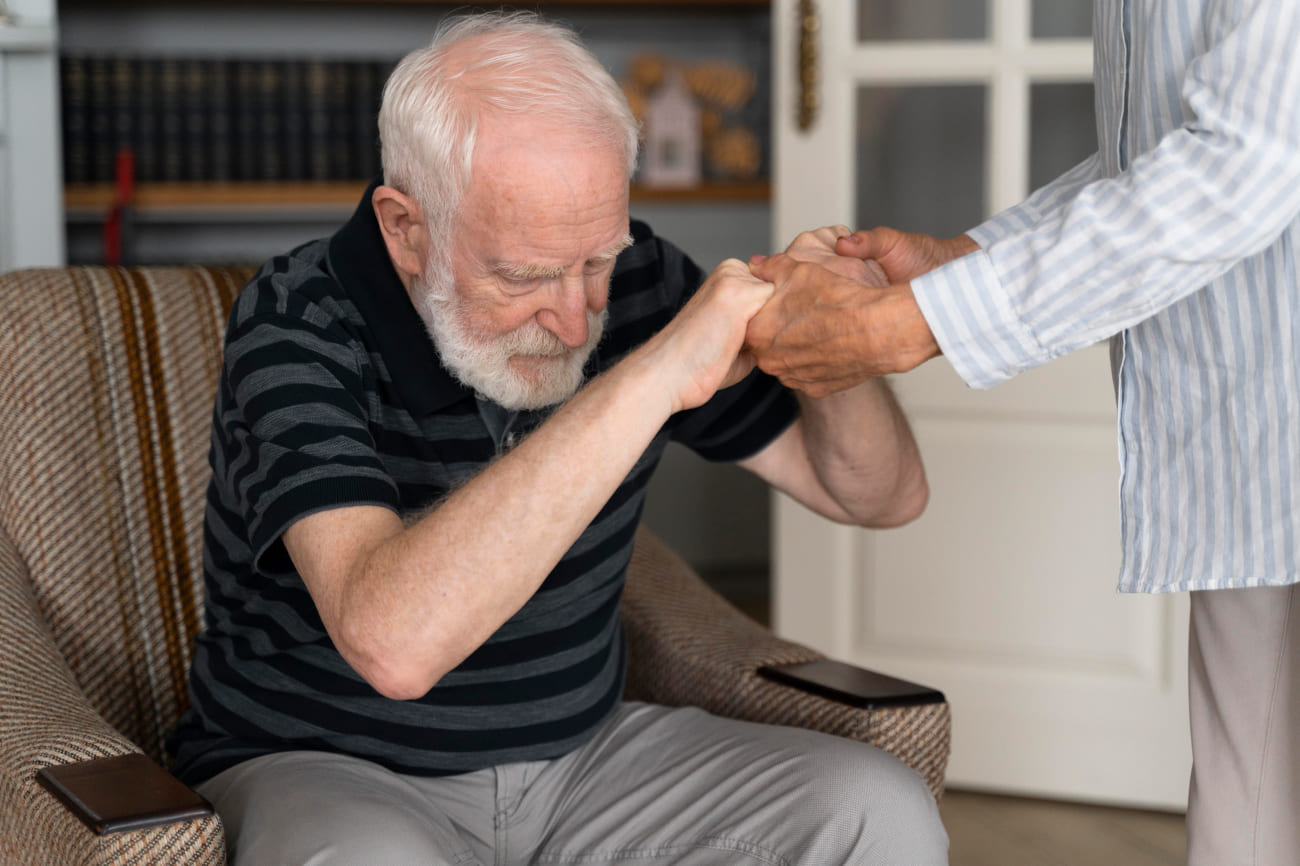Parkinson’s Disease: Signs, Treatment & More

Most of us have heard of Parkinson’s disease, but what does it entail? This chronic and progressive neurological disorder affects movement, muscle control, and balance, and it usually creeps up gradually. Famous faces like Michael J. Fox and Muhammad Ali have brought visibility to the condition, yet many aspects of Parkinson’s remain misunderstood. Let’s break it down in a way that’s both informative and easy to understand.
-
What is Parkinson’s Disease?
Parkinson’s disease is a disorder of the central nervous system that primarily affects motor functions. It occurs when nerve cells in the brain fail to produce enough dopamine, a chemical that sends messages to the part of the brain that controls coordination and movement. This lack of dopamine leads to the classic symptoms associated with the disease.
While Parkinson’s is most commonly seen in older adults, it’s not exclusive to any age group. It progresses over time, and while symptoms can be managed, the condition itself is chronic and gradually worsening.
-
What are its Causes?
The exact cause of Parkinson’s disease remains unknown. However, several factors are believed to contribute to its onset:
-
Genetics: Certain genetic mutations can predispose individuals to Parkinson’s, although this is relatively rare.
-
Environmental triggers: Long-term exposure to toxins like pesticides and herbicides has been linked to an increased risk.
-
Age and gender: The risk increases with age, and men are more likely to develop Parkinson's than women.
Despite extensive research, a definitive cause still needs to be discovered, highlighting the need for continued studies.
-
-
Symptoms to Beware Of
Recognizing the symptoms of Parkinson’s is pivotal for early intervention:
-
Tremors: This rhythmic shaking, often starting in the hands or fingers, is one of the most recognizable signs.
-
Bradykinesia: This slowing of movement can make simple tasks difficult, impacting daily routines.
-
Muscle rigidity: Stiff muscles can limit motion and often lead to discomfort or pain.
-
Postural instability: Balance issues can increase the risk of falls, a serious concern for those with the disease.
Other symptoms may include speech changes, writing difficulties, and changes in posture and gait.
-
-
Treatment Options One Can Try
While Parkinson’s has no cure, several treatments can help manage symptoms:
-
Medications: Drugs like Levodopa are commonly used to improve movement and control symptoms.
-
Therapies: Physical therapy can enhance balance and flexibility, while speech therapy can address communication issues.
-
Surgical options: In some cases, procedures like Deep Brain Stimulation can provide relief by regulating electrical impulses in the brain.
Lifestyle changes, including diet and exercise, can significantly improve overall well-being and manage symptoms.
-
Understanding Parkinson’s disease and its impact is crucial for effective management. While the causes are still being researched, recognizing symptoms early and exploring a combination of treatments can significantly enhance the quality of life for those affected. If you or a loved one is facing Parkinson’s, engaging with medical professionals and support groups can provide valuable guidance and support.
